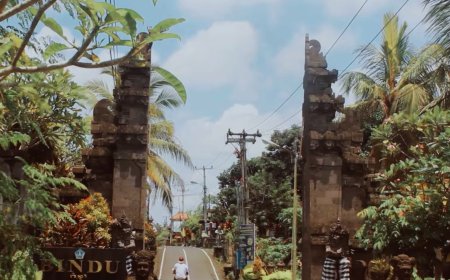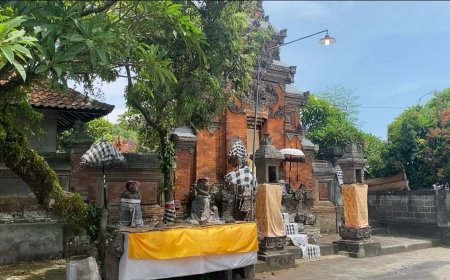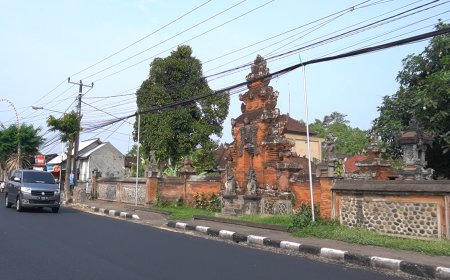Pedawa Traditional Village: An Ancient Village with a Rich History Since the Megalithic Era
Pedawa Village, an ancient traditional village located in the Banjar District of Buleleng Regency, Bali, has been in existence since the megalithic era and boasts a long historical narrative, underpinned by a unique and enduring culture.
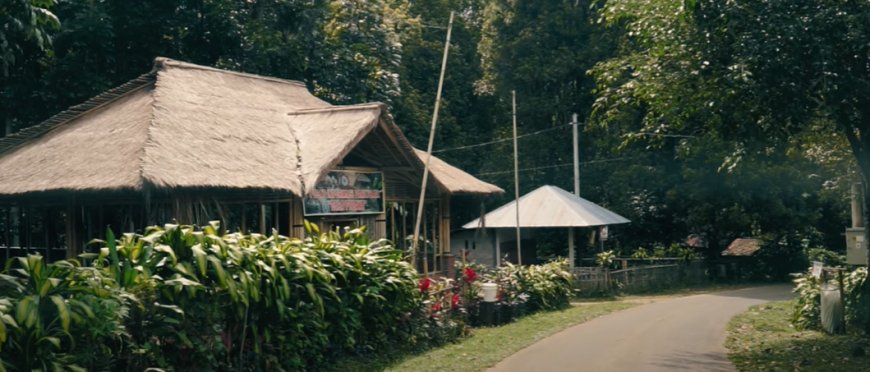
According to the account of one of the community leaders in Pedawa Village, Mr. Wayan Sukrata, Pedawa Village has a profound historical story. However, these historical narratives are not specifically documented in inscriptions or lontar manuscripts; rather, the majority of Pedawa Traditional Village's historical stories are passed down through generations orally and through external lontar records.
Originally known as Gunung Tambleg Village, or alternatively as Gunung Sari Village, Pedawa Village was initially inhabited by residents hailing from Tamblingan Village. However, due to enemy incursions or natural calamities, the Tamblingan Village population migrated to several other villages, including Pedawa Village.
The unique aspect of Pedawa Village's history is that the region within Pedawa Village has been inhabited since the megalithic era, dating back to approximately 3500 to 1000 years before Christ. Archaeological evidence, such as sarcophagi, taulan stones, gaingan sites, and taksu ritual houses, has been unearthed, indicating their use as places of worship during prehistoric times.
In accordance with the historical accounts transmitted through generations in Pedawa Village, during ancient times, when a resident of Pedawa Village passed away, their body was not buried. Instead, if the deceased was a child, their body was placed in a large tree hole near the village. Conversely, if the deceased was an adult, their body was interred beneath a large tree, adorned with beautiful hibiscus flowers, and accompanied by takilan offerings nearby.
Once, there came a king by the name of Bima, accompanied by a priest or dukuh manca bila. They requested that burials be conducted in Gunung Sari Village. Consequently, the practice of burying and conducting ceremonies for the deceased began in Pedawa Village, which is still known as Gunung Sari Village to this day.
In addition to its extensive historical background, Pedawa Traditional Village also boasts a unique traditional house known as the Bandung Rangki. This house features bamboo walls and roofs, with clay floors. The Bandung Rangki traditional house is divided into several rooms, including the main bedroom referred to as Pewedaman Gede in the Pedawa language, children's beds known as Pewedaman Kicak, a pantry for food storage known as selalon, and a space for seeking safety known as pelangkiran.
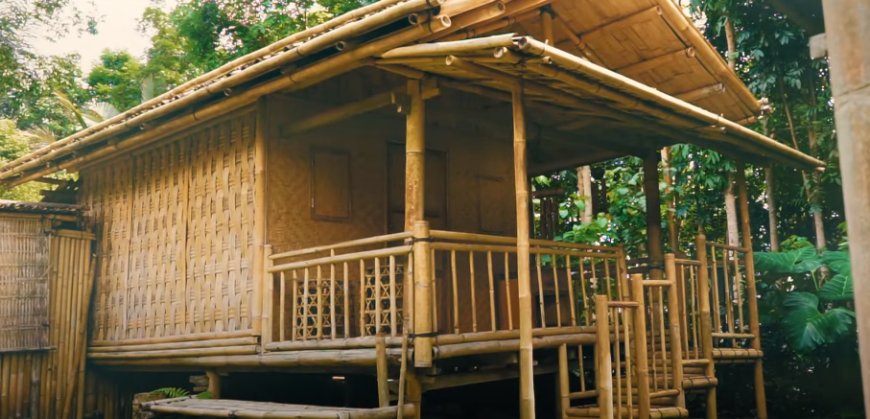
Custom Home (Photo Source : Youtube Chanel Pujangga Nagari Nusantara)
Within Pedawa Village, two renowned natural products take center stage: Pedawa Coffee and Pedawa Palm Sugar. Pedawa Coffee is produced from coffee beans cultivated and processed by local villagers. Conversely, Pedawa palm sugar is crafted from the sap of palm trees, traditionally harvested and processed by the village community.
The people of Pedawa Village have developed a unique way of savoring the combination of Pedawa coffee and Pedawa palm Sugar to create a delightful taste. They enjoy Pedawa Coffee while simultaneously consuming palm sugar, resulting in a harmonious blend of sweetness and bitterness that delights the palate. This practice has become an integral part of the cultural heritage highly esteemed in Pedawa Village.
Beyond its famous commodities, Pedawa Village is also celebrated for its distinctive culinary delights, an inseparable facet of its culture. Some of the renowned traditional dishes in the village include jaje buah bunut, bandut, and sate keladi, one of the celebrated culinary specialties in Pedawa Village. The manufacturing process is notably unique, commencing with the steaming of taro or taro plants, followed by mashing, mixing with grated coconut and spices, and finally skewering onto sticks.
Sate Keladi ( Photo Source : Youtube Chanel Pujangga Nagari Nusantara)
However, as time has passed, sate keladi has undergone innovation. Nowadays, some individuals craft variations of sate keladi by adding a touch of meat for enhanced flavor. In fact, some residents of Pedawa Village blend taro satay with fish to elevate the taste. This serves as an example of how culinary traditions in Pedawa Village continue to evolve while preserving their cultural roots.

















































